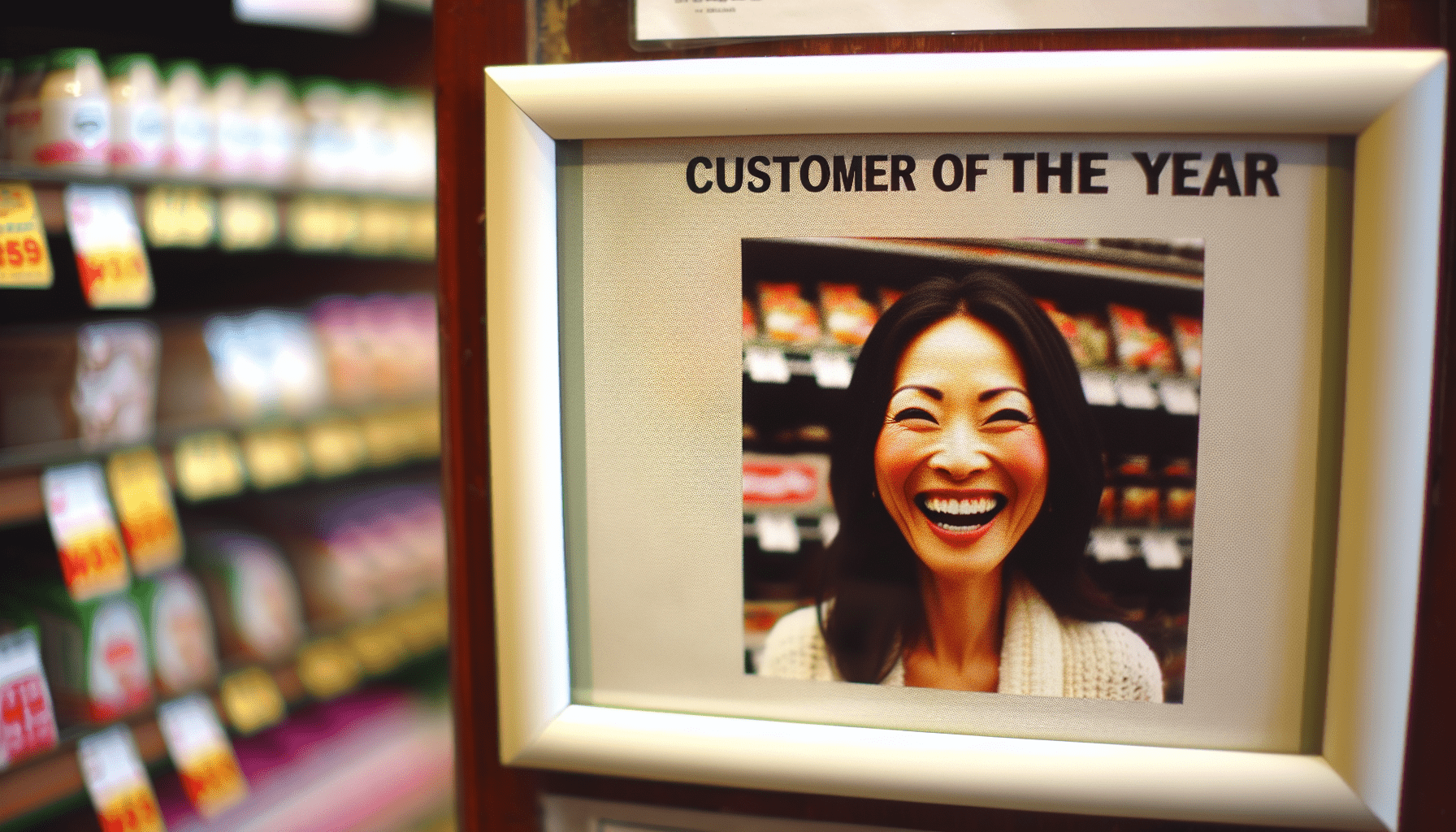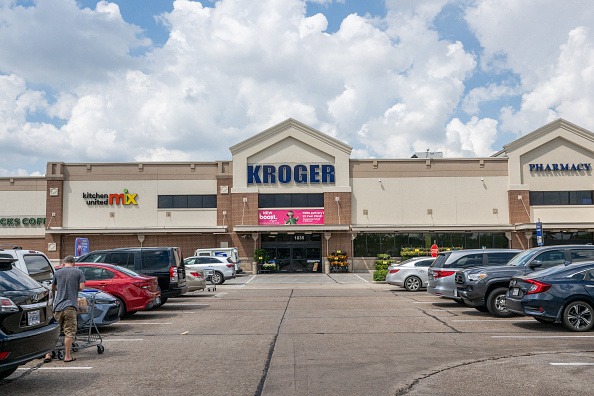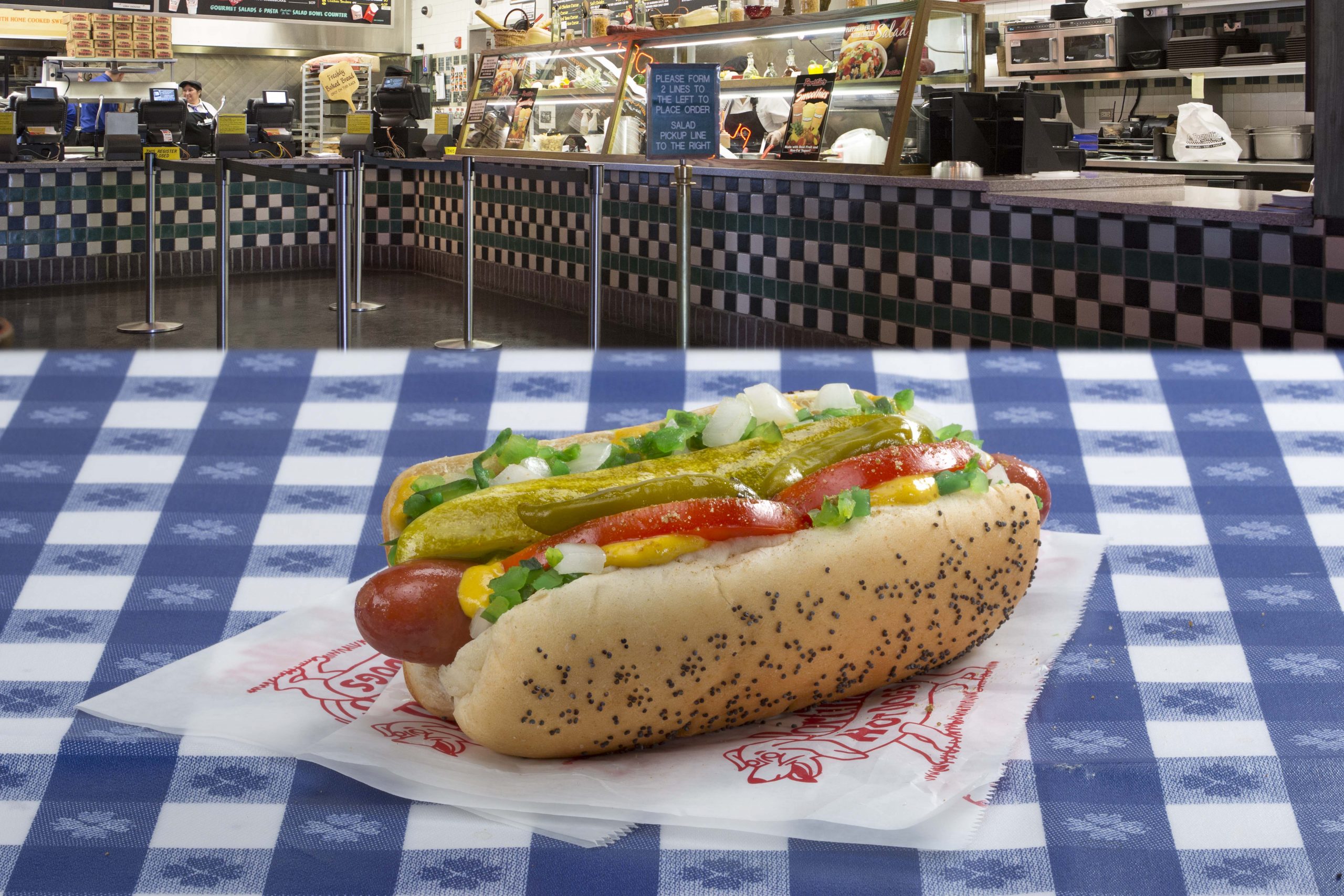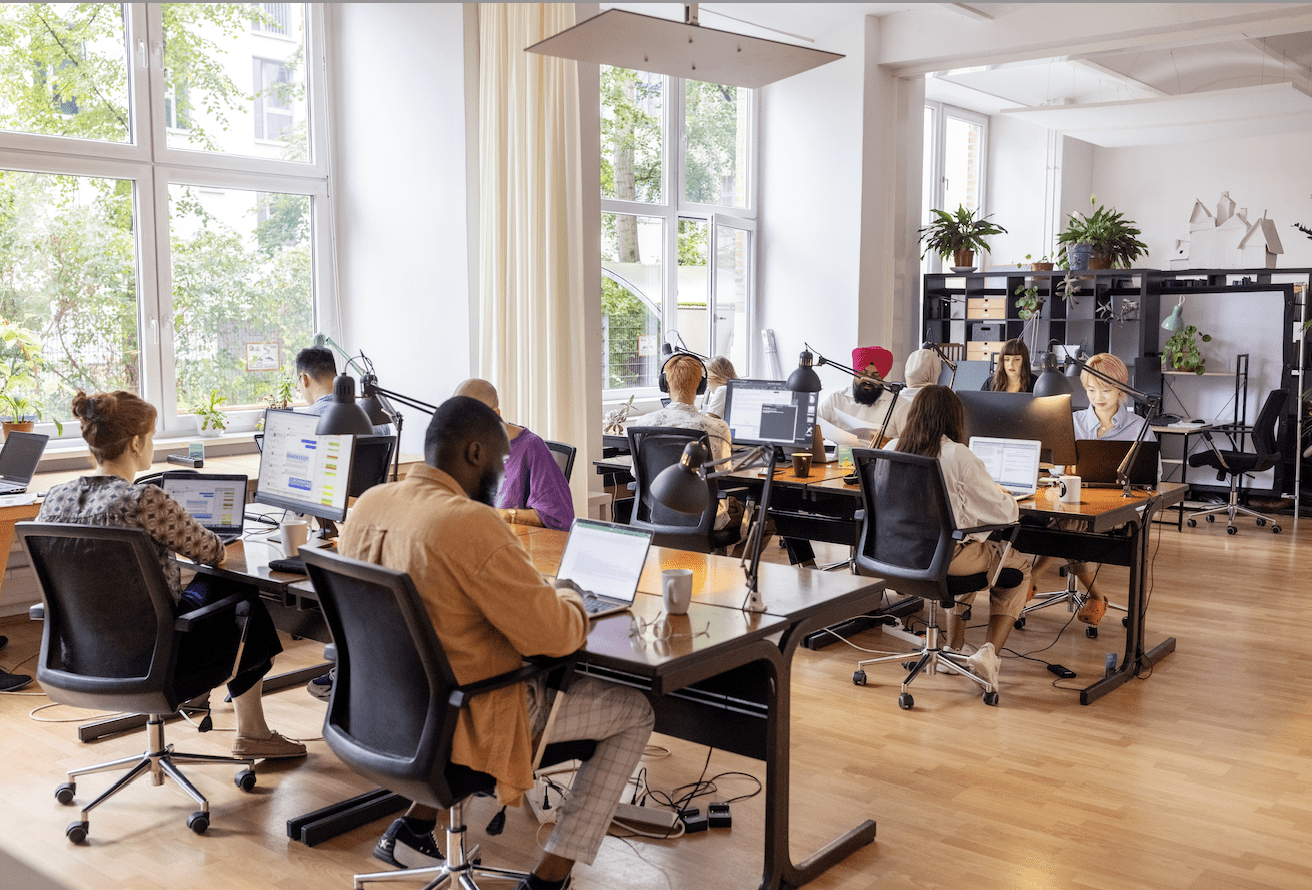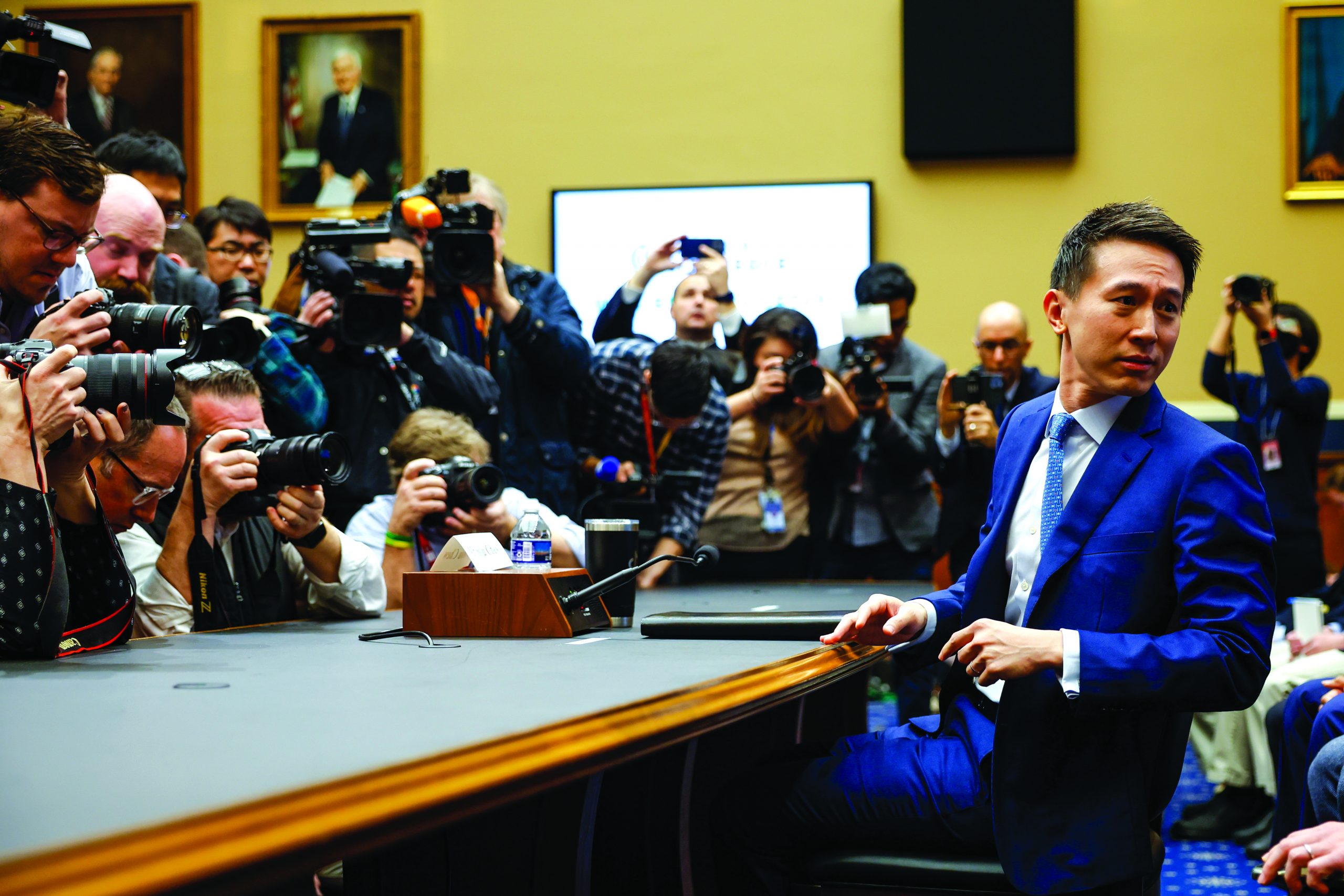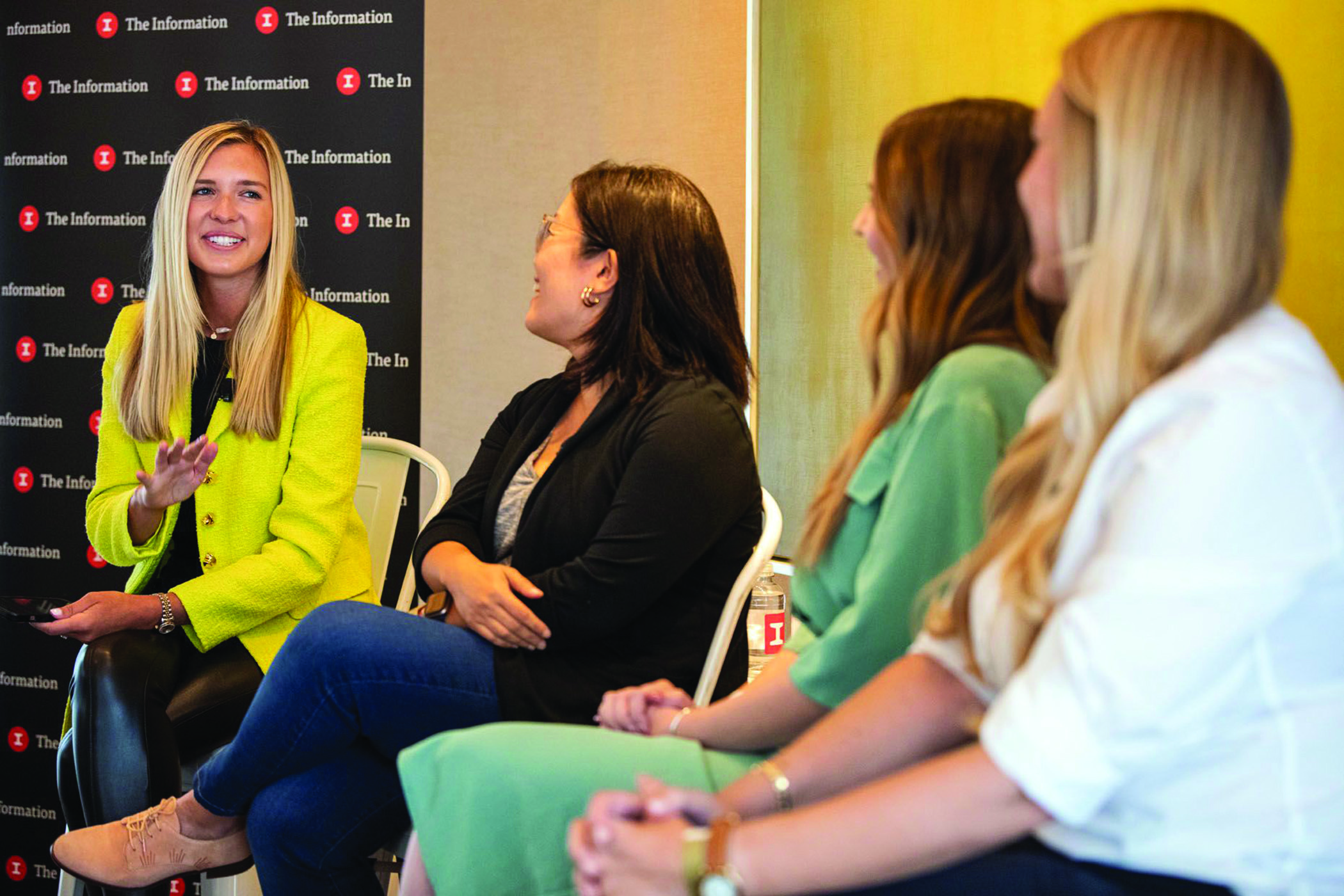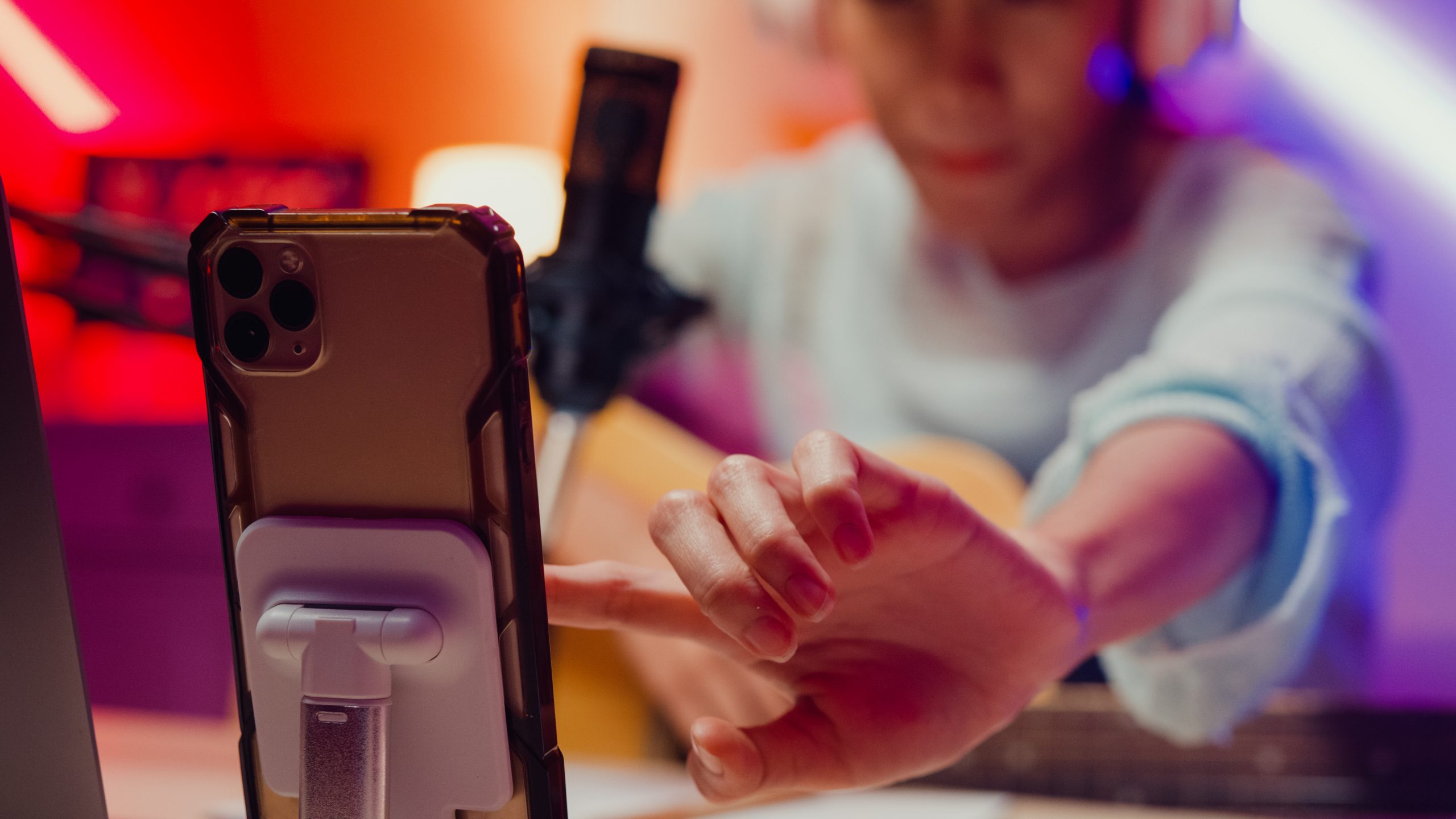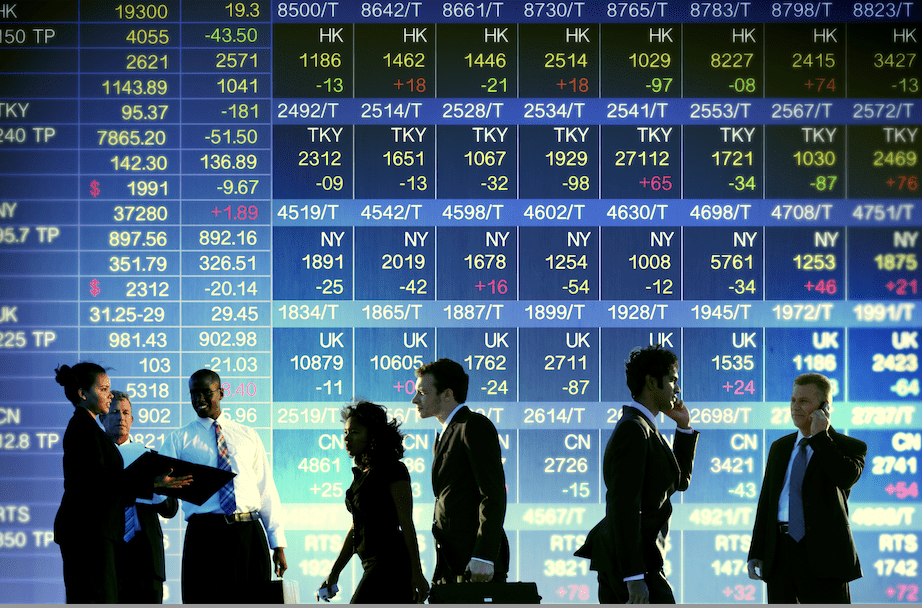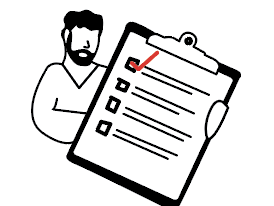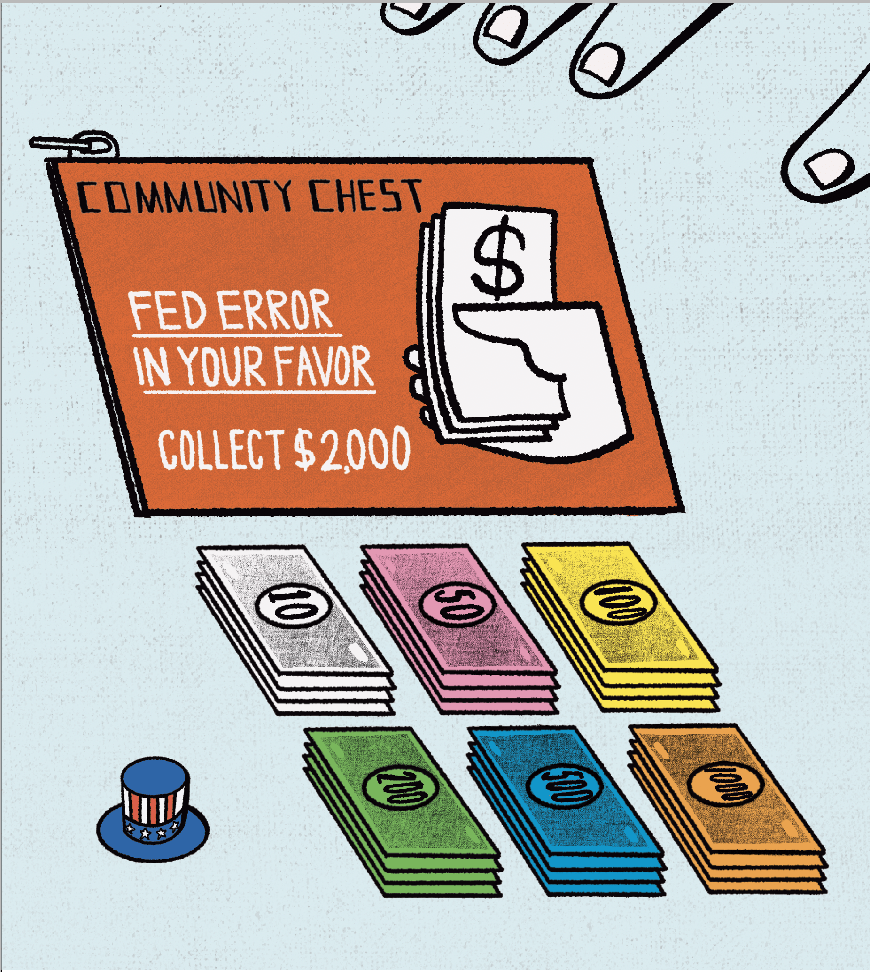Amazon Subprime
Counterfeit merchandise on Amazon Marketplace can be life-threatening
It started with a phone call to 911.
A senior producer for a daytime talk show in New York City frantically dialed the emergency helpline to summon the fire department. A combination hairdryer and brush—an office favorite known as the “Revlon One-Step Hair Dryer and Volumizer”—had blown up, burst into flames and singed an electrical outlet. As firefighters cordoned off the bathroom, the producer noticed her device was not the Revlon brush everyone in the office swore by. Instead, it was a counterfeit mistakenly picked up on Amazon.
“The hairbrush was labeled REVLON when I made the purchase online,” she said in disbelief. “I looked at the price, saw a deal and ended up purchasing something that was clearly fake and hazardous.”
Caveat emptor
The accident that gave new meaning to “hairdresser on fire” wasn’t an isolated incident for Amazon. Last year, the CEO of Birkenstock yanked all of the company’s products from the site, accusing Amazon of “modern-day piracy.” And in 2016, a family filed suit against Amazon after a counterfeit hoverboard they bought on the site blew up and started a fire that burned down their home.
Amazon has invested $400 million and hired a staff of 5,000 to help monitor the Wild West that is its Amazon Marketplace. Executives have launched a “we care a lot” attack on counterfeits and stolen IP addresses on behalf of their vendors, but it’s different behind the scenes.
The hands-off business model that made it easy to sell on the site did little to vet or police third-party vendors. As of April, 1.9 million active sellers were crowding onto Amazon Marketplace and accounting for more than half of Amazon sales, totaling more than $118 billion. About 407,000 have joined Marketplace in 2021. That equals 3,234 new sellers every day, or 134 every hour, or two every minute. What’s more, 25% of Marketplace sellers are from China. And Amazon is taking 15% or more of the revenues made from third parties.
Lack of accountability paired with the sheer volume of counterfeit products potentially puts customers at risk. A mom in Brooklyn, New York, recounts purchasing inexpensive baby formula labeled “Enfamil” on Amazon Marketplace. The seller was identified as being from the United States, and the price of the formula—which usually ranges from $45-$55—was $25 a can. She couldn’t resist the deal.
What happened next was terrifying. “I fed my baby girl the formula, and that night she woke up sick and lethargic,” the woman said. “She was in and out of consciousness when I decided to take her to the hospital.” Turns out she had melamine poisoning—a chemical found in fertilizers. “I’ve never felt so enraged, terrified and let down all at once,” said the mother. “When I called Amazon they asked if I wanted a refund. I asked for a refund on our hospital bill.”
Nonperishable food is frequently counterfeited and sold as legit, according to a report by the Organization for Economic Co-operation and Development. Pirated goods account for 3.3% or $509 billion of world trade and include clothing, footwear, watches, toys, pharmaceuticals, beauty products and electronics in addition to food. The category is up from $431 billion in 2013.
Path of least resistance
The site is saturated with suspect sellers because it’s easy to become a third-party vendor, and it’s also hard for authorities to identify who the sellers are.
“There are many different checkpoints as manufacturers of counterfeit items ship their merchandise,” said Lara Miller, Senior Counsel and VP of Corporate Strategy at International AntiCounterfeiting Coalition. “Trade routes are complex and for good reason. They throw the scent off for authorities trying to bust up the ring. False documents that misrepresent the original point of departure, who it’s from and the packaging it comes from make it extremely difficult for authorities to track. Add in the complexities of shipping from different countries where regulations are much more relaxed, and the flood gates open up.”
Hitha Herzog is the Chief Research Officer of H Squared Research, a data-driven research firm for registered investment advisors. She is the author of Black Market Billions: How Organized Retail Crime Funds Terrorists. @hithaherzog




